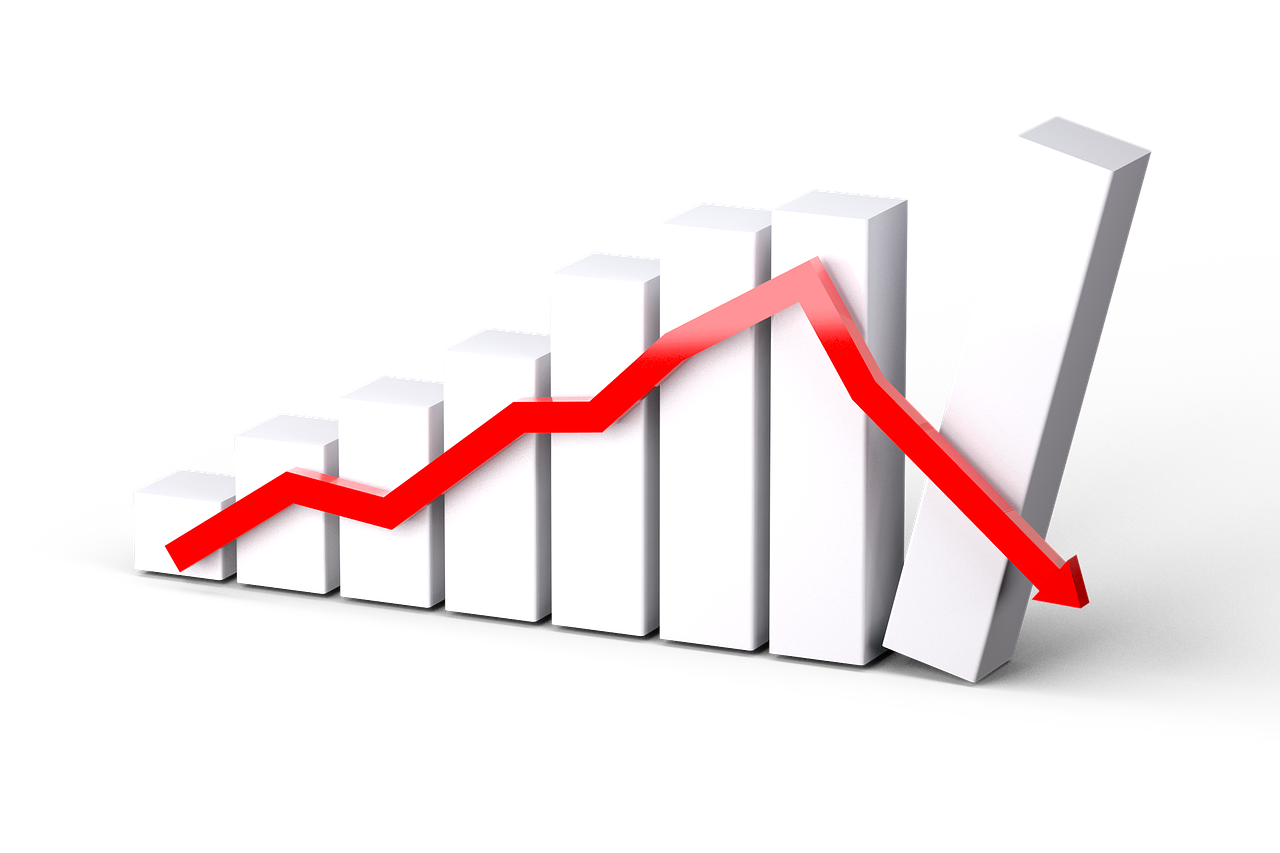Sky-high valuations of AI companies and celebrity CEO headlines have prompted many analysts to compare today’s AI investment wave to previous stock market bubbles, especially the dot com boom of the late 1990s. Critics point to circular financing, speculative private rounds and inflated valuations as red flags. However, supporters of AI, including large research houses have countered that measurable productivity gains and long-term GDP upside make AI a structural shift rather than a passing fad.
Why some people argue it's a “bubble”
Signs commonly cited by those bearish on the AI boom include:
- Inflated private valuations leading to huge capital flows ('froth') that are not connected to real market value, since few AI companies are listed.
- Round-tripping commercial deals and opaque accounting that can overstate revenue; this is for example, characteristic of many cryptocurrency firms.
- Speculative retail participation that can amplify market movements and accelerate sudden sell-offs.
Past bubbles have shown that even productive technologies can become victims of unrealistic expectations, eventually leading to busts causing huge short-term investor losses. This was true of the dot-com bubble, which despite market catastrophe (NASDAQ lost ~78% from its peak). Many startups failed but some survivors (Google, Amazon, eBay) thrived afterwards.
Some Famous Bubbles
| Tulip Mania | 1634–1637 |
| South Sea Bubble and related Bern crisis | 1720 |
| Wall Street Crash leading to the Great Depression | 1929 |
| Dot-com bubble | 1997–2002 |
| Great Recession (housing/credit collapse) | 2007–2009 |
Why other people argue it is “real growth”
Major consultancy and bank forecasts (McKinsey, Goldman Sachs, PwC) estimate trillions added to global GDP and sustained productivity gains if companies successfully integrate AI into operations. AI is irreversble - and so there will be sustained demand for AI infrastructure (compute, cloud, chips, data centres, etc) suggesting that companies can develop durable revenue streams.
This suggests that some firms will reap durable profits and that the sector will eventually produce long-term winners despite short-term volatility.
What to do as an investor
Predicitons aside, the markets listen to no boss. As an investor, while you should try your best to ride the wave, do remember that markets evntually do correct themselves, even if there is no outright crash. Here are some best practices that apply not only to the AI boom, but all investing:
| Diversify |
|
| Use cost averaging | A systematic investment plan (SIP) reduces your timing risk. |
| Prefer regulated diversified vehicles | Broad tech ETFs, index funds, and robo-advisors can help you mitigate risks against private early-stage deals. |
| Keep a cash buffer or defensive allocation | This makes sure that you won’t be forced to sell at a loss during a downturn. |
| Focus on fundamentals | Always look at revenue quality, margins, and free cash flow (excluding debt) rather than hype or headline metrics. |
Before We Go
The current AI boom may contain elements of both speculative excess around unproven startups and genuine, measurable productivity gains for the economy. In any case, some market corrction is an inevitability.
As a retail investor, the practical path for you is not trying to predict the exact timing of a “pop” but to manage risk via allocation, diversification, discipline and using regulated, low-cost vehicles.
Keywords: AI bubble, is AI a bubble, AI stock bubble, protect investments AI, tech bubble history, dot-com comparison, how to invest during a bubble, diversify tech investments, AI economic impact, retail investor protection.







